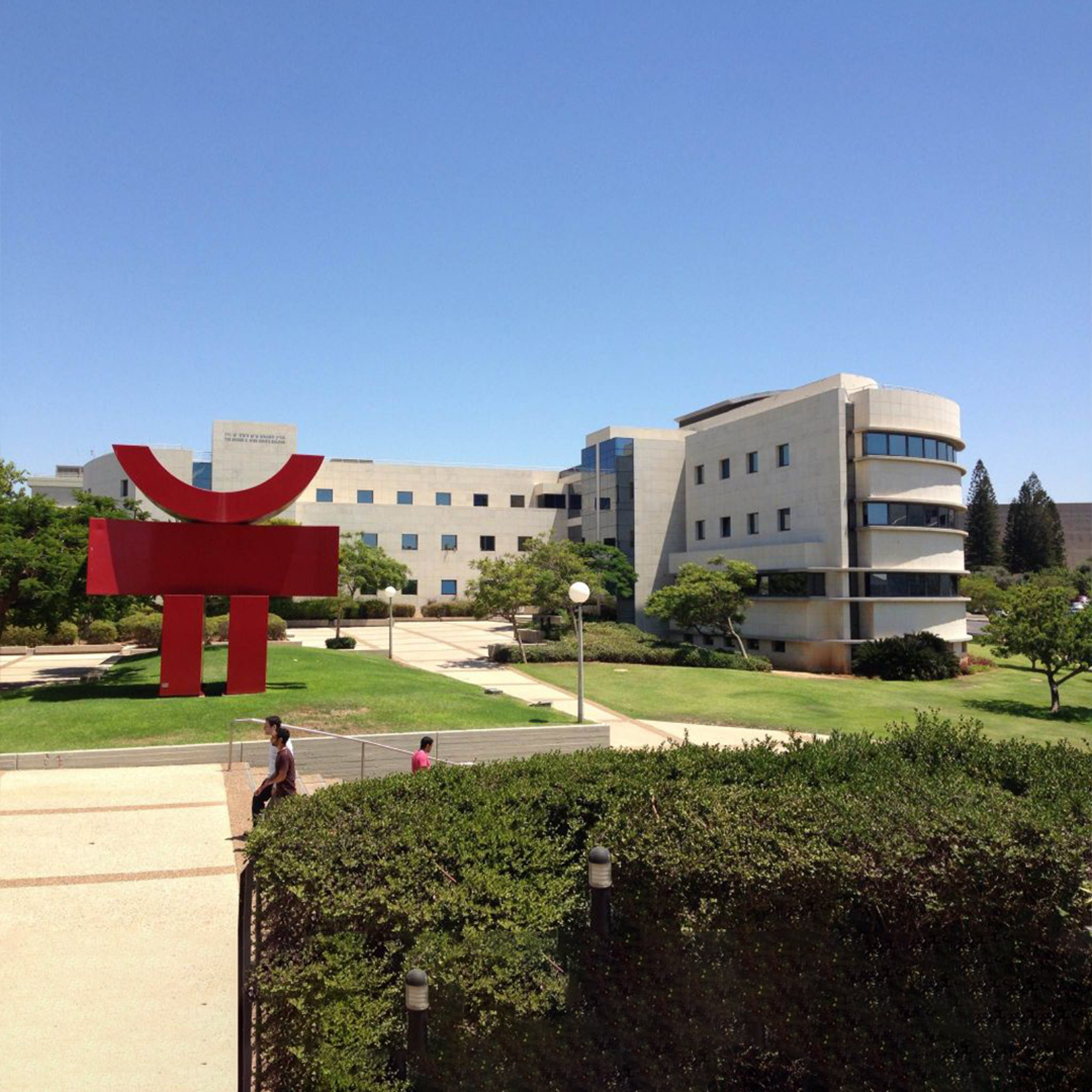A new study at Tel Aviv University found that aerobic exercise can reduce the risk of metastatic cancer by 72%. According to the researchers, intense aerobic exercise increases the glucose (sugar) consumption of internal organs, thereby reducing the availability of energy to the tumor.
The study was led by two researchers from TAU’s Sackler Faculty of Medicine: Prof. Carmit Levy from the Department of Human Molecular Genetics and Biochemistry and Dr. Yftach Gepner from the School of Public Health and the Sylvan Adams Sports Institute. The paper was published in the prestigious journal Cancer Research and chosen for the cover of the November 2022 issue
Enhanced Rate of Glucose Consumption
Previous studies have demonstrated that physical exercise reduces the risk for some types of cancer by up to 35%. This positive effect resembles the impact of exercise on other conditions, such as heart disease and diabetes.
In this study, Prof. Levy and Dr. Gepner added new insight, showing that high-intensity aerobic exercise, which derives its energy from sugar, can reduce the risk of metastatic cancer by as much as 72%. “If the general message to the public so far has been ‘be active, be healthy’,” they say, “now we can explain how aerobic activity can maximize the prevention of the most aggressive and metastatic types of cancer.”
The study combined lab models trained under a strict exercise regimen, with data from healthy human volunteers examined before and after running. The human data, obtained from an epidemiological study that monitored 3,000 individuals for about 20 years, indicated 72% less metastatic cancer in participants who reported regular aerobic activity at high intensity, compared to those who did not engage in physical exercise.
The animal model exhibited a similar outcome, enabling the researchers to identify its underlying mechanism. They found that aerobic activity significantly reduced the development of metastatic tumors in the lab models’ lymph nodes, lungs, and liver. The researchers hypothesized that in both humans and model animals, this favorable outcome is related to the enhanced rate of glucose consumption induced by exercise.
“Exercise Changes the Whole Body”
“Our study is the first to investigate the impact of exercise on the internal organs in which metastases usually develop, like the lungs, liver, and lymph nodes,” explains Prof. Levy.
“Examining the cells of these organs, we found a rise in the number of glucose receptors during high-intensity aerobic activity – increasing glucose intake and turning the organs into effective energy-consumption machines, very much like the muscles. We assume that this happens because the organs must compete for sugar resources with the muscles, known to burn large quantities of glucose during physical exercise. Consequently, if cancer develops, the fierce competition over glucose reduces the availability of energy that is critical to metastasis.”
“Moreover,” she offers, “when a person exercises regularly, this condition becomes permanent: the tissues of internal organs change and become similar to muscle tissue. We all know that sports and physical exercise are good for our health. Our study, examining the internal organs, discovered that exercise changes the whole body so that cancer cannot spread, and the primary tumor also shrinks in size.”
Prof. Levy emphasizes that by combining scientific know-how from different schools at TAU, the new study has led to a very important discovery that may help prevent metastatic cancer – the leading cause of death in Israel.
“Our results indicate that unlike fat-burning exercise, which is relatively moderate, it is a high-intensity aerobic activity that helps in cancer prevention,” adds Dr. Gepner. “If the optimal intensity range for burning fat is 65-70% of the maximum pulse rate, sugar burning requires 80-85% – even if only for brief intervals.”
“For example, a one-minute sprint followed by walking, then another sprint. In the past, such intervals were mostly typical of athletes’ training regimens, but today we also see them in other exercise routines, such as heart and lung rehabilitation. Our results suggest that healthy individuals should also include high-intensity components in their fitness programs. We believe that future studies will enable personalized medicine for preventing specific cancers, with physicians reviewing family histories to recommend the right kind of physical activity. It must be emphasized that physical exercise, with its unique metabolic and physiological effects, exhibits a higher level of cancer prevention than any medication or medical intervention to date.”
For more information, visit: https://studyisrael.org.il/


